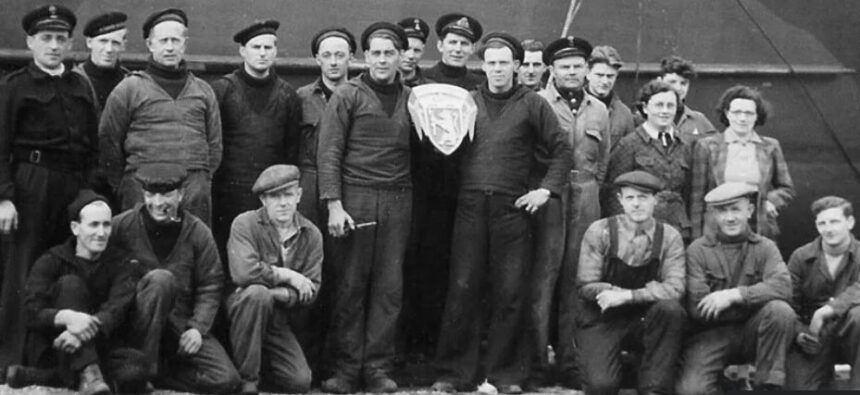Norway: Siltanews – News Desk
It sounds like it could be the plot of a spy novel, but the ‘Shetland Bus’ was a real undercover operation carried out to help the resistance in Nazi-occupied Norway during World War Two.
In the depths of winter and under the cover of darkness, convoys of small fishing boats left the safety of Scotland’s most northerly islands to deliver valuable cargo and special agents to coves and fishing ports 200 miles away along the coast of Norway.
On the perilous return journeys, refugees fleeing the occupation were hidden in the hold of the fishing boats, as they sought sanctuary in the British Isles.
To commemorate the 80th Anniversary of Victory in Europe (VE) Day, six of the historic ships that formed part of the Shetland Bus convoys will set sail again from Bergen in Norway to replicate the journey back to Shetland.
They plan to arrive in Lerwick on Tuesday in time for the VE Day commemorations.
Norway was invaded by Nazi Germany on 8 April 1940, a few months before the full occupation of France.
The Norwegian government and its Royal Family, including King Haakon VII, were forced into exile in London and thousands of Norwegian people followed in fishing boats and other small vessels, crossing the North Sea to seek refuge in the UK.
In July 1940, British Prime Minister Winston Churchill set up a clandestine organization called the Special Operations Executive (SOE) with the sole aim of carrying out espionage and sabotage missions across German-occupied Europe.
The Shetland Bus convoys were part of the Norwegian branch of the SOE, supporting the resistance movement in Norway.
Between 1940 and 1945, they made 200 North Sea crossings, transporting hundreds of resistance agents, tones of weapons and supplies, and rescuing more than 300 Norwegian refugees fleeing the occupation.

